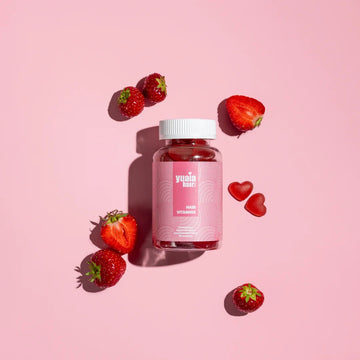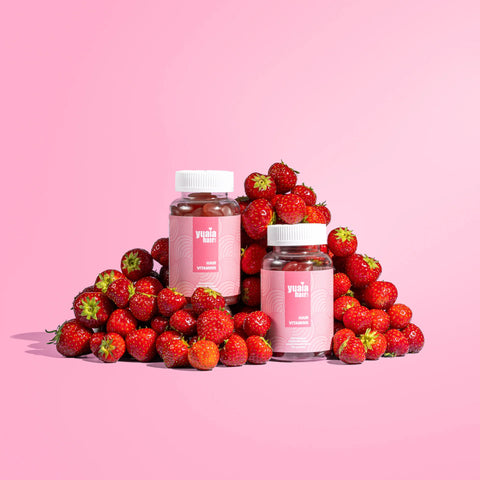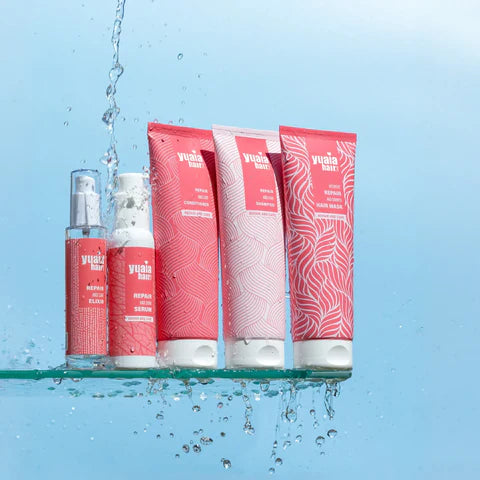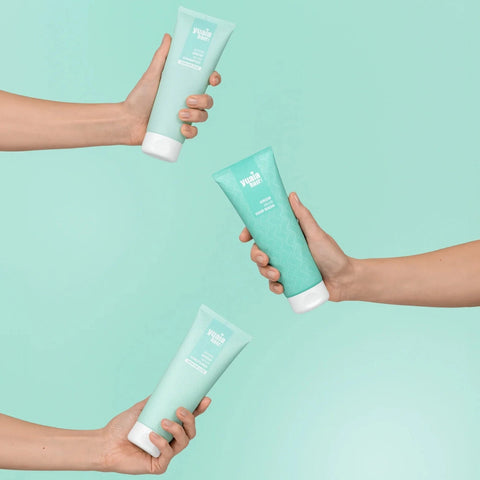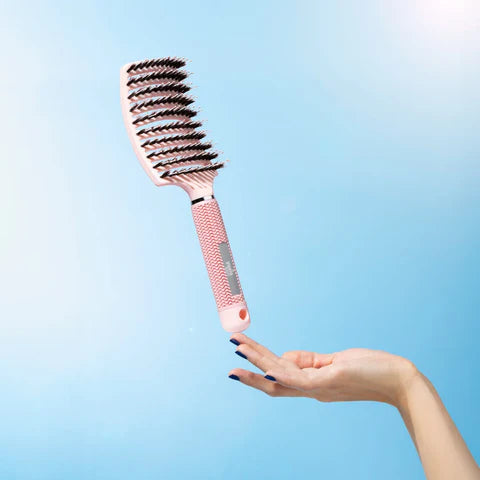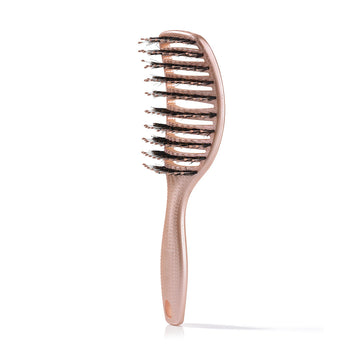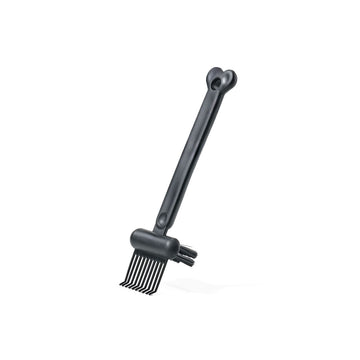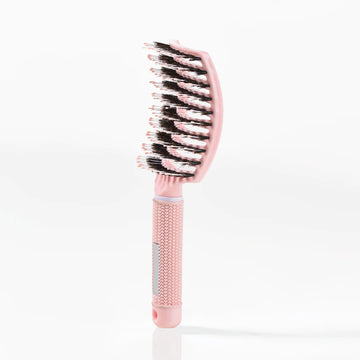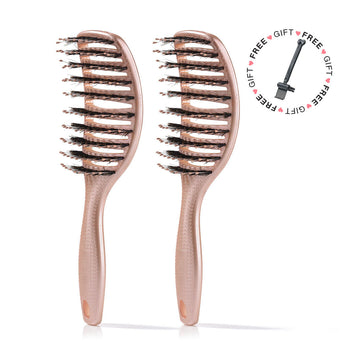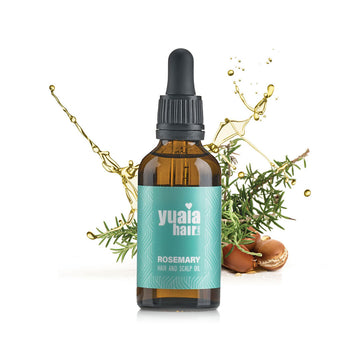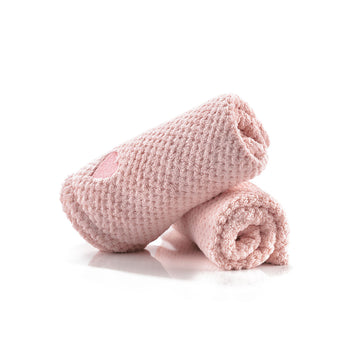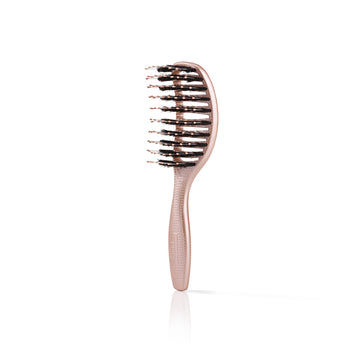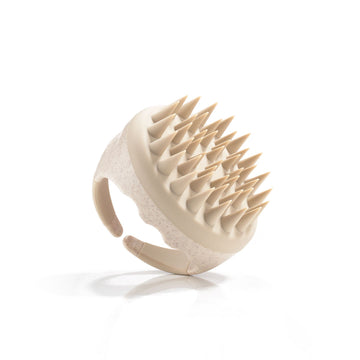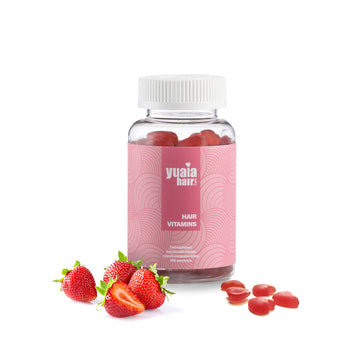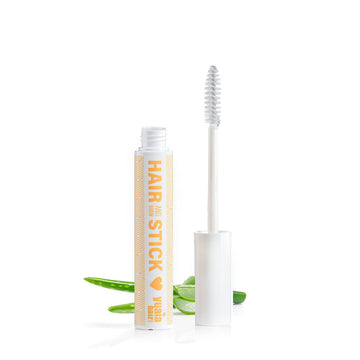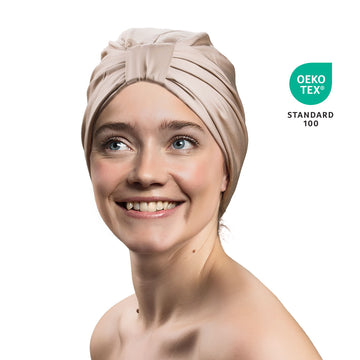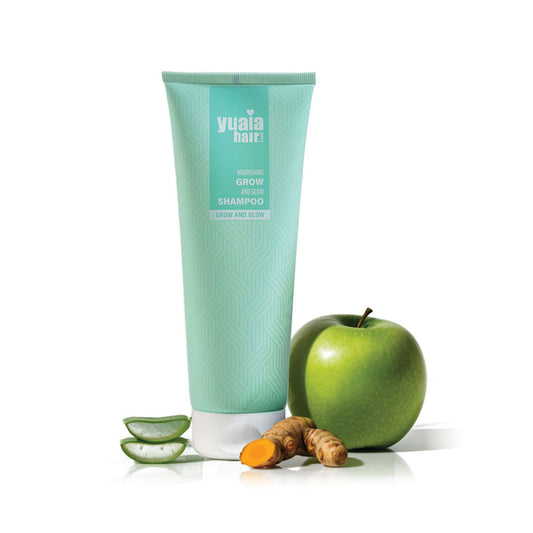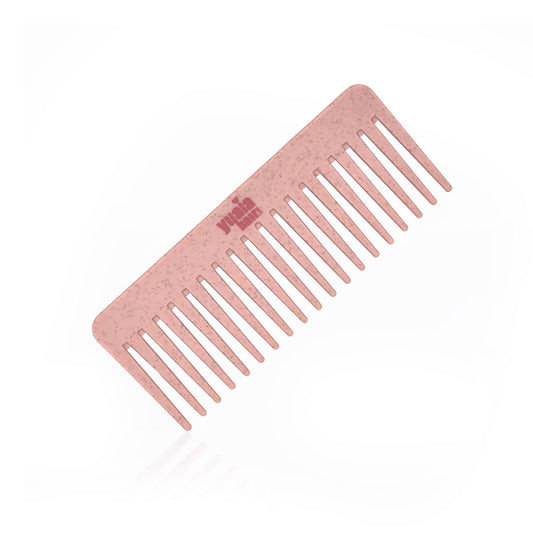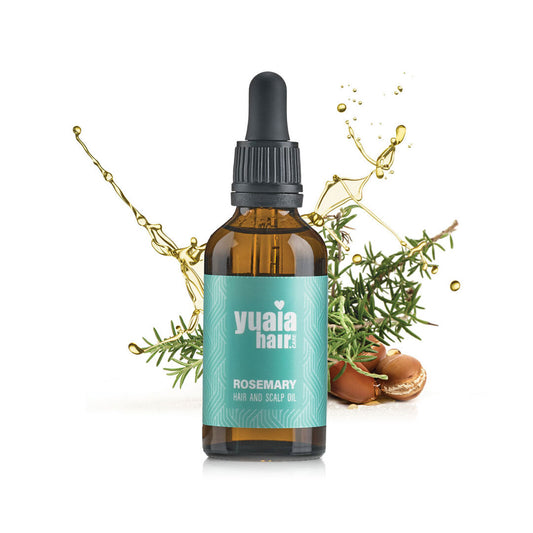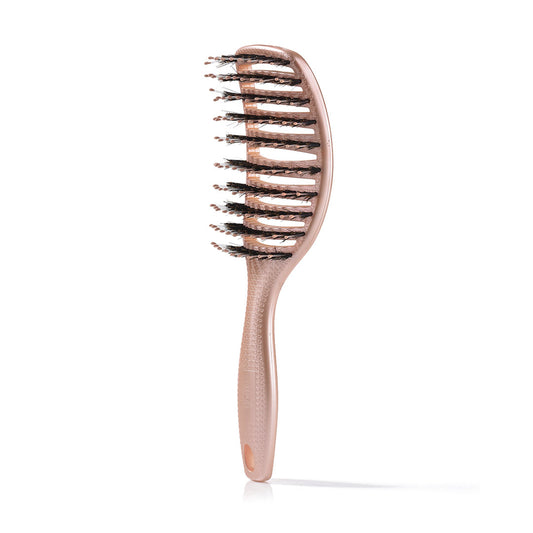
Can you use any conditioner for co-washing?
While the concept of co-washing might seem straightforward, using any conditioner for this purpose can lead to less than ideal results. Regular conditioners are primarily designed to add moisture and smoothness to hair, lacking the cleansing agents necessary to remove dirt, oil, and product build-up effectively. This absence of surfactants means that using a regular conditioner can result in an accumulation of residues, leading to limp and greasy hair over time.
To achieve the best results with co-washing, it's advisable to select products specifically labeled as co-washes or cleansing conditioners. These formulations typically include gentle surfactants that help cleanse the hair and scalp while providing the necessary conditioning benefits. By choosing the right product, you can maintain hair health and cleanliness without the drawbacks of build-up.
Understanding ingredients: What makes a good co-wash?
When selecting a conditioner for co-washing, understanding the ingredient list is key. A suitable co-wash should contain gentle surfactants, such as cocamidopropyl betaine or decyl glucoside, which cleanse without stripping natural oils. Additionally, it's important to avoid silicones and mineral oils, as these can lead to build-up and weigh down hair.
- Gentle surfactants: Essential for effective cleansing without removing essential oils.
- Silicone-free: Prevents the formation of a barrier that can hinder moisture absorption.
- Mineral oil-free: Reduces the risk of weighing down hair and contributing to unwanted build-up.
By focusing on these ingredients, you can select a co-wash that not only cleanses but also supports the overall health and vibrancy of your hair.
Preventing build-up: The role of clarifying
Even with the best co-wash products, build-up can still occur over time, particularly if you frequently use styling products. To maintain a healthy scalp and hair, it’s important to incorporate a clarifying routine. Using a sulfate-free clarifying shampoo periodically can help remove accumulated residues, ensuring your hair remains fresh and full of life. Consider our Grow and Glow Shampoo, which offers a gentle yet effective cleansing experience without sulfates or silicones.
Tips for effective co-washing
To maximize the benefits of co-washing, follow these simple tips:
- Use a wide-toothed comb: Before co-washing, gently detangle your hair to reduce breakage and ensure even distribution of the product. Our wide-toothed comb is perfect for this task.
- Massage thoroughly: Spend a few minutes massaging the co-wash into your scalp to help lift away dirt and oil.
- Rinse completely: Ensure all product is rinsed out to prevent build-up and maintain a clean scalp.
By incorporating these practices into your routine, you can enjoy the full benefits of co-washing while keeping your hair clean and healthy.
Maintaining a co-washing routine
Establishing a co-washing routine that keeps your hair healthy and build-up free involves a few important steps. First, it's essential to listen to your hair's needs. Some might find co-washing effective every few days, while others may prefer weekly sessions. It's about finding what works best for your hair type and lifestyle.
In addition, introducing a sulfate-free clarifying shampoo periodically is key to removing any lingering residues from styling products or environmental pollutants. This step ensures your scalp remains fresh and your hair maintains its natural bounce and shine. At Yuaia Haircare, we offer a Rosemary oil that can be used to nourish your scalp post-clarifying, promoting a healthy environment for hair growth.
Brushing techniques for co-washed hair
Proper brushing techniques can enhance the benefits of co-washing. After co-washing, gently detangle your hair to prevent breakage and distribute natural oils. Using a brush made with boar bristles, like our Curvy Brush, can help smooth the hair cuticle and reduce frizz, leaving your hair looking sleek and polished.
Frequently asked questions
Can co-washing work for all hair types?
Co-washing can be beneficial for various hair types, particularly curly, coily, and dry hair, as it helps maintain moisture. However, those with fine or oily hair may find it less effective and might prefer traditional shampooing methods.
How often should you co-wash?
The frequency of co-washing depends on your hair type and personal preference. Curly and dry hair types may benefit from co-washing every few days, while others might prefer once a week. It's important to monitor how your hair responds and adjust accordingly.
What should you do if you experience build-up?
If you notice build-up, incorporating a clarifying routine is essential. Use a sulfate-free clarifying shampoo to remove residues and refresh your scalp. This will help restore your hair's natural volume and shine.
 2-4 day UK delivery
2-4 day UK delivery
 25.000+ satisfied customers
25.000+ satisfied customers
 Satisfaction Guarantee
Satisfaction Guarantee

